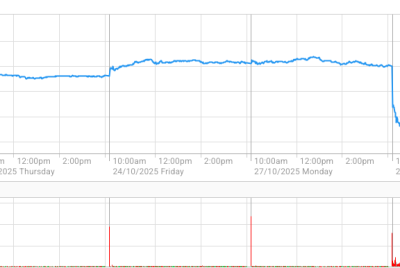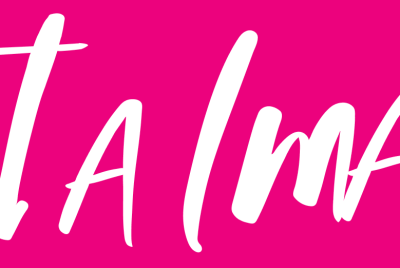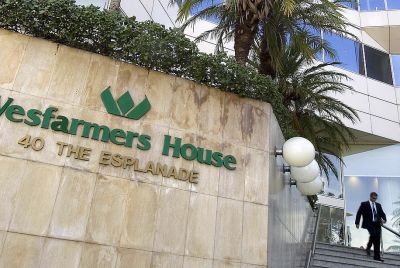Australia's Unemployment Rate Hits 4.2% Despite Adding 58,000 Jobs In July

Despite a resilient job market, Australia's unemployment rate rose to 4.2% in July, the highest in the last two and a half years.
Based on the data from the Australian Bureau of Statistics (ABS), the market added more than 58,000 jobs in July, mostly in full-time roles, but the number of those who were unemployed grew by 24,000, which lifted the participation rate to a record high of 67.1%, indicating a strong demand for labor, reported ABC News.
Adam Boyton, the head of Australian economics at ANZ, said the current trend reflected an interesting take on the economy.
"We have had GDP growth running below trend for about a year, but ... jobs growth has run at 3.2% over the past 12 months," Boyton said. "That's a strong rate of growth, and I guess what that tells us is that businesses are probably still feeling reasonably confident about the economic outlook."
ABS' head of labor statistics, Kate Lamb, stated, "Although the unemployment rate increased by 0.1 percentage point in each of the past two months, the record high participation rate and near record high employment-to-population ratio shows that there continues to be a high number of people in jobs, and looking for and finding jobs. This suggests the labor market remains quite tight."
Based on the new labor report, the Reserve Bank of Australia (RBA) is likely to wait a few more months before lowering interest rates, The Guardian reported.
The central bank would be monitoring the labor market figures to see if inflation falls within the target range of 2%-3%, while maintaining as many jobs as possible. RBA expects a 4.3% rise in unemployment rate by December, which they consider to be nearly full employment.
Prior to the latest labor report, investors forecast a 50-50 chance of RBA dropping the rates by 25 basis points to 4.1% at its next board meeting on Sept. 23-24. The ASX rates tracker indicated that the markets expect a rate cut by year end, at the bank's final meeting.
© Copyright 2025 IBTimes AU. All rights reserved.





















